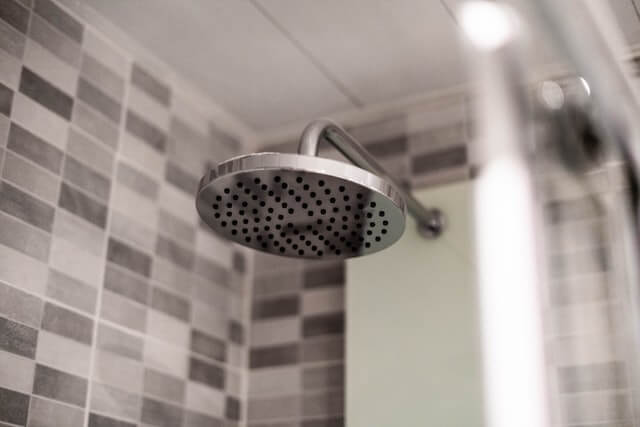It’s so common that it’s a cliché, but a dripping tap or shower head really is one of the most annoying sounds that you get around the house. But it can be more than just annoying, and aside from the waste of water that comes with a dripping shower head, there’s also the potential for mold and danger if you damage your shower or accidentally slip on the water. So, how do you diagnose a dripping shower head and what should you do about it? Let’s have a look.
Dripping vs leaking
It may sound like an academic distinction for two kinds of water coming out of your shower, but it can actually make a big difference to the treatment. A leak is when the stream of water coming out of your shower is continuous rather than in individual drops and implies there’s a bigger problem with the valves in your shower, which is something you should get a professional to look at. A drip is generally less of a problem and is almost always caused by the head of your shower itself. The drip is caused when water stored in the pipe is able to squeeze through the ducts and fall out of the head, usually, because the seals inside have failed.
What can you do about it?
Your shower works by allowing water through it and out of the nozzles when you turn it on, but over time, the rubber seal that keeps water back when it’s off will degrade and come apart, letting water out when you don’t want it. Your first step should be to take the head apart, which may be easy or difficult depending on the model. Some showers may simply unscrew, while others may require a wrench or pliers to open. You may also want to turn off your water supply before you do this in case there’s more water in the pipe than expected. Once you’re inside the head, it’s time to look for the seal, which could be an O-Ring or a washer, depending on the model. It’s also a good idea to give the head a thorough clean at this stage in case it’s simply dirt and grime that’s making it leak, which you can do by running hot soapy water over it once you have removed any rubber parts.
Once you have replaced any defective parts or cleaned and replaced the rest, you can also make extra sure to avoid leakage by wrapping waterproof tape around the pipe stem, which will help stop any drips from coming out where the head meets the pipe. Once that is done, simply re-attach the showerhead and give it a quick test to see if it’s stopped the drip.
Professional help
Not all leaks and drips have an obvious cause, and sometimes the problem is actually a symptom of something else. If you’ve got a drip you can’t stop or any other problem you can’t identify, call EPSS on 02 6332 4992 for a 24/7 emergency call-out or arrange for one of our plumbers in Bathurst to pay you a visit!





